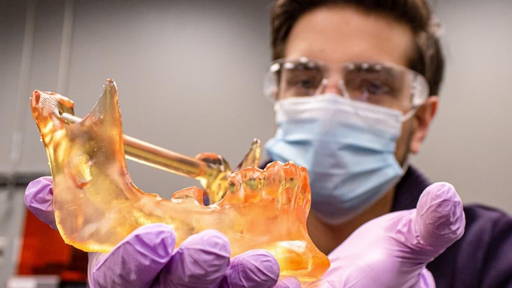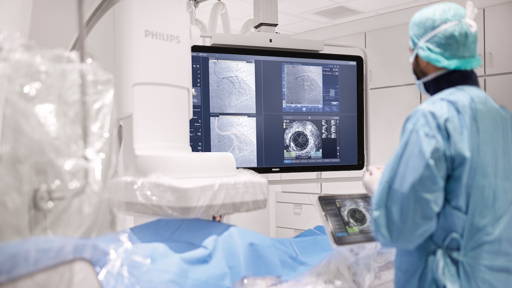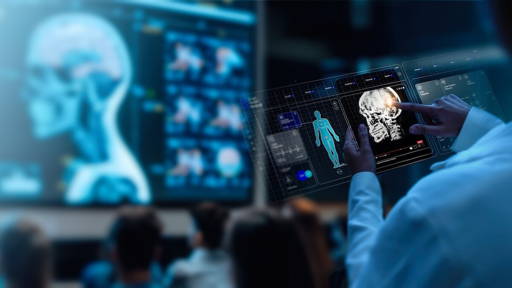Researchers at Stanford University have developed a simple yet powerful new way to monitor patients with neuromuscular diseases using just a smartphone. Their study shows that everyday mobile devices can match, and even surpass, traditional clinical tools such as stopwatches and expensive motion-analysis systems, offering a faster and more accessible way to measure patient progress.
For decades, clinicians have relied on stopwatches to assess how long patients take to perform basic tasks, such as standing up or walking a short distance. While easy and inexpensive, this method fails to capture subtle changes in mobility, a major limitation when tracking slowly progressing diseases like facioscapulohumeral muscular dystrophy (FSHD) or myotonic dystrophy (DM).
Smartphone camera’s
To address this, Professor Scott Delp, Ph.D., and his team combined smartphone cameras with AI-driven biomechanical modeling. Using a free app called OpenCap, developed at Stanford, they recorded over 130 participants performing a series of nine movements. The software automatically converted the videos into 3D “digital twins”, allowing researchers to analyze over 30 biomechanical features, including stride length, ankle lift, and range of motion in just minutes.
The results, published in NEJM AI, were remarkable. The smartphone-derived data matched stopwatch results almost perfectly and provided deeper insights into each patient’s movement pattern. The system could even distinguish between different neuromuscular diseases with 82% accuracy, compared to only 50% using traditional timing tests.
“Our goal was to bring advanced biomechanical analysis to the same level of accessibility as drug development,” said Delp. “With just a smartphone, we can now perform precise movement assessments anywhere, even outside clinical settings.”
Access to diagnostic monitoring
This approach could democratize access to diagnostic monitoring, especially for patients living far from specialized motion labs. It enables earlier detection of movement disorders and faster enrollment in clinical trials, potentially accelerating drug development and improving care.
Thousands of institutions, from medical research centers to elite sports teams, are already using OpenCap. The German national volleyball team, for example, used the tool to analyze injury risk and performance in 160 athletes, gathering in one season what previously took years.
Clinical trials
The Stanford team now plans to integrate smartphone-based analysis into clinical trials for neuromuscular diseases. By providing detailed, real-world data, the technology could make therapy monitoring more precise, scalable, and patient-centered.
“This method of accurately and rapidly assessing movement is on the verge of transforming multiple fields,” said Delp. “From neurology to rehabilitation and sports medicine, we’re entering a new era of digital mobility assessment.”







